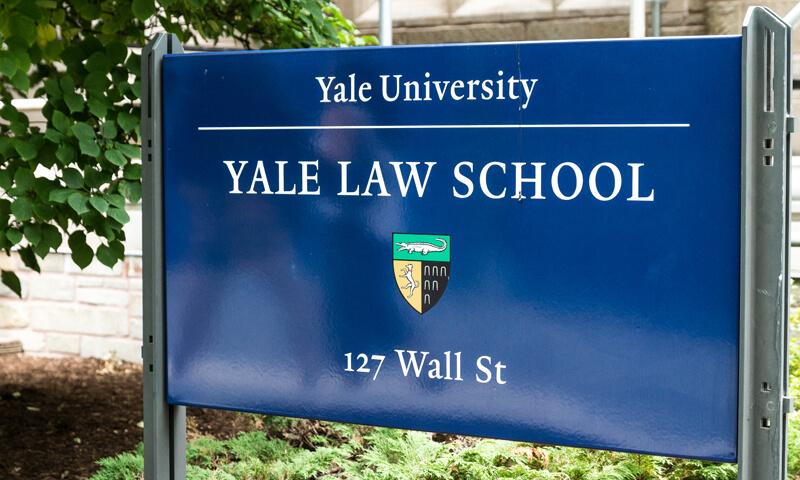A lawsuit was dismissed by U.S. District Judge James V. Selma in August that claimed the California State Bar violated the civil rights of a law school because it revised the state’s accreditation standards in 2012 to include a 40 percent bar passage rate by law school graduates over a five-year period.
The school in question, the Southern California Institute of Law, has a success rate of seven percent. The school was founded in 1986 and is a part-time, night school that has two campuses; one in Santa Barbara and one in Ventura, according to the website AllGov.
In the lawsuit, the school argues that the policy requiring the school to publish a link to their dismal bar exam rates is unconstitutional. The school also argued that the success rate of the bar exam has no correlation with the education received and its quality. The judge did not agree with any of these arguments.
Earlier this month, the law school filed another lawsuit. In this suit, the school claimed the following: “This complaint emphatically has nothing to do with the specific Bar pass rates of any particular law school among the CALS [California Accredited Law Schools] or with plaintiff SCIL’s Bar pass rates.”
The most recent lawsuit filed by the school focuses on retaliation against it by the bar after the suit from August was dismissed. Courthouse News Service reports that the lawsuit says, “the limits of state power and the application of state procedural and substantive due process, as well as accountability for the malicious misuse and abuse of governmental powers. . . . This complaint alleges that senior staff and members of the CBE violated due process and did so with venal intent.”
Data from the school presents the following issues:
-One out of 25 former students passed the bar exam in February of 2012 after they failed it once before.
-In February of 2013, eight out of 33 students passed the bar exam, which is a 24 percent success rate.
-In February of 2012 and 2013, those who took the test for the first time went one-for-five.
-In July of 2012, those who took the test for the first time went o-for-14 and repeat test takers went 0-for-29.
Again, Courthouse News Service reports the following from the lawsuit:
“Unconstrained by constitutional limitation, these regulators believing they are shielded by absolute immunity fashioned their quasi-judicial writ into hostile, retaliatory and discriminatory truncheons of power to try browbeating into docile subservience and submission a small California-accredited law school that caters to a diverse demographic and to mostly low-middle income students.”







































